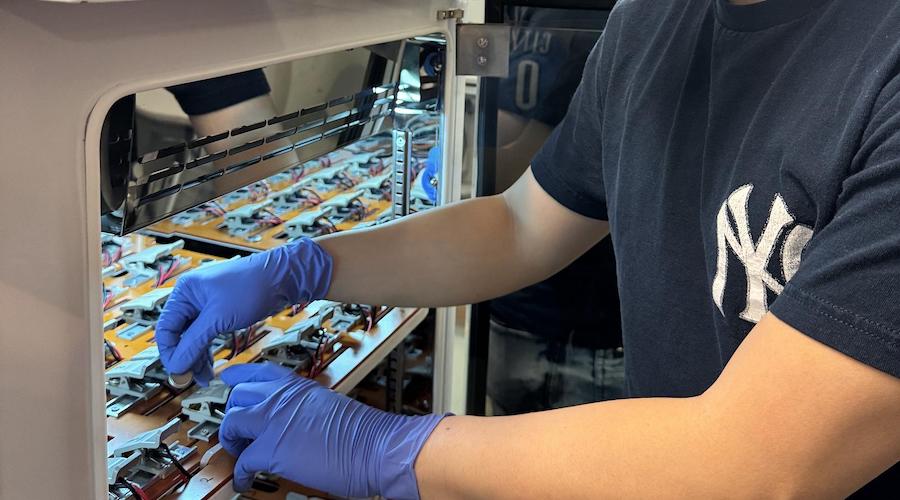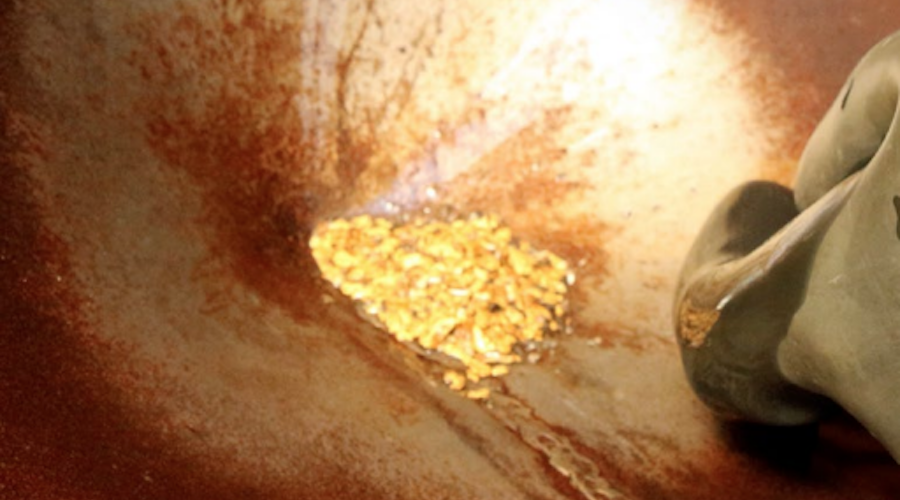High-capacity iron-based cathodes for EV batteries are now a reality

Researchers at Canada’s McGill University published a couple of studies that unlock the potential to produce batteries using more sustainable and less costly materials, known as disordered rock-salt-type (DRX) cathode materials.
In the first study, published in Advanced Energy Materials, the scientists explain how they successfully engineered iron-based DRX cathodes by modifying the electron storage process, achieving some of the highest storage capacity recorded for iron-based cathodes. The breakthrough could slash lithium-ion battery costs by 20%.
Until now, existing iron-based cathodes lacked sufficient storage capacity to power a long-range EV.
In the second study, published in Energy & Environmental Science, the researchers explain how they discovered the potential of another sustainable alternative: manganese-based disordered rock-salts (Mn-DRX).
The new material offers high energy content at a low cost, but its practical application has been hindered by low electrical conductivity and structural instability. However, in collaboration with a team from the Korea Advanced Institute of Science and Technology, the Canadian group found a novel solution. Using multi-walled carbon nanotubes and an adhesive binder as electrode additives, they achieved the highest practical-level energy density ever recorded for Mn-DRX cathodes.
“Our findings hold immense promise for the future of lithium-ion battery development, offering a pathway towards more affordable and sustainable energy storage solutions,” Jinhyuk Lee, assistant professor in the Department of Mining and Materials Engineering and senior author of both studies, said in a media statement.
According to Lee, an industry partner is already working alongside the researchers to bring these innovations to market
{{ commodity.name }}
{{ post.title }}
{{ post.date }}

Comments